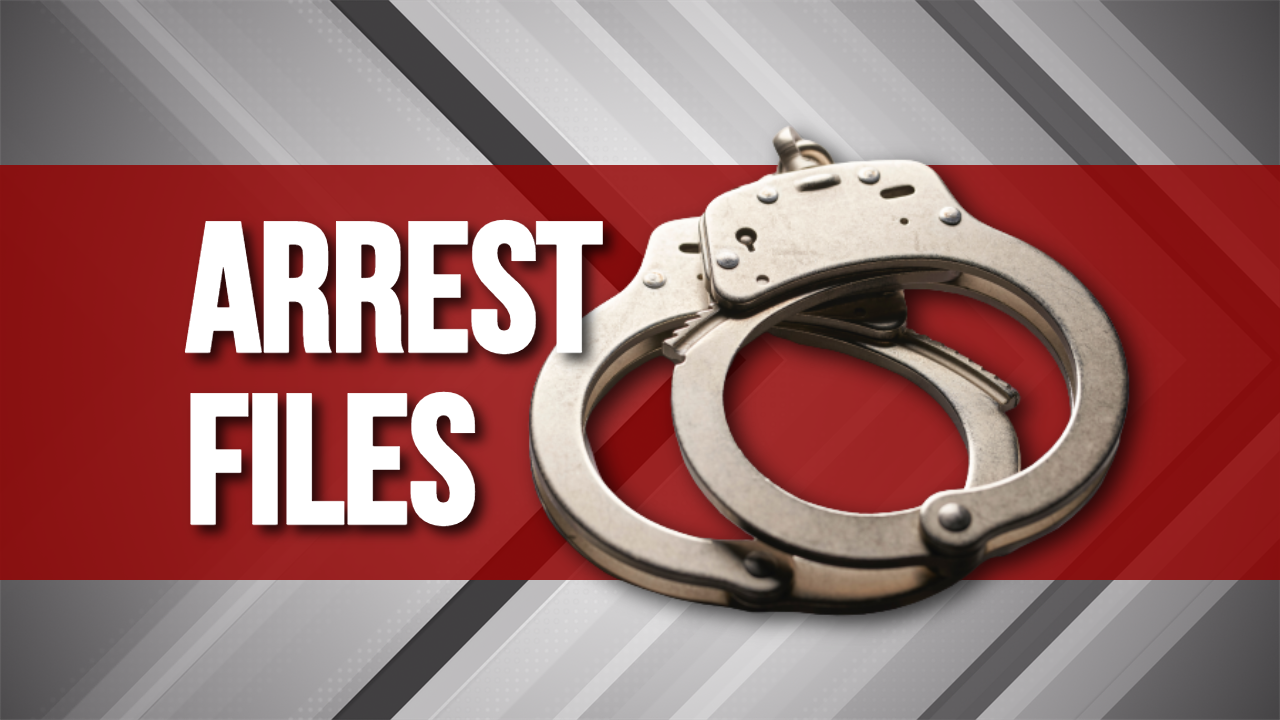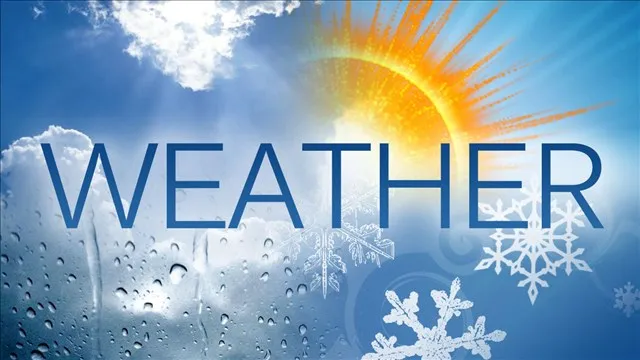.jpg)
(NEW YORK) — When the first lesion appeared on Jeffrey Todd’s right cheek in mid-July, the 43-year-old didn’t pay too much attention to it.
“I noticed I had like a pimple or like a blemish on my cheek and it had this very odd-looking raised white circle around the outside of the blemish and it felt indented a little bit like a crater,” Todd, who lives in Hollywood, California, told ABC News.
Being aware of the monkeypox outbreak spreading across the U.S., Todd said he did a Google search of what monkeypox rashes look like and “one of the images looked exactly like my blemish.”
He thought, however, the blemish would disappear by morning.
Over the next two days, Todd developed a series of bumps on the back of his right arm and back and a lesion appeared on his neck. He was itchy and had backaches, fatigue and shooting pain down his legs — all telltale signs of monkeypox.
Being diagnosed
Todd was first tested on July 13 but it took a while to get his results. He didn’t know at the time that the first clinic he visited sent the sample to a lab. The sample though was spoiled by the time it got there so it couldn’t be tested, he said.
As his condition continued to worsen, he went to the emergency room at Cedars-Sinai Medical Center, where staff performed an in-house test. The next day, Todd got his test results back and found out he was positive for monkeypox.
He is one of the more than 8,900 Americans who have tested positive for the disease across 48 states, the District of Columbia and Puerto Rico as of Tuesday, according to the Centers for Disease Control and Prevention.
Last week, the U.S. Department of Health and Human Services declared the outbreak a public health emergency, 78 days after the first case was detected in the country in mid-May.
The outbreak has mostly affected men who identify as gay, bisexual or other men who have sex with men, although the CDC has warned it is not a sexually transmitted disease and anyone is at risk of infection.
Todd, who identifies as gay, said he was contacted by the Los Angeles County Department of Public Health. The nurse assigned to his case believes he contracted monkeypox at an event during Pride weekend in Los Angeles in late June.
“I was at a dance party,” he said. “It was enclosed. It was hot, sweaty. I was shirtless. It was really jam-packed — a lot of physical touching and close proximity to people. So that seems very much like where it probably happened.”
The CDC has said most cases in this outbreak have occurred from skin-to-skin contact or direct contact with a patient’s rash, lesions or body fluids.
The disease can also spread from prolonged contact of objects or fabrics used by a monkeypox patient, but it is a lower risk form of transmission, according to the CDC.
‘Traumatizing’ lesions
There are no treatments specifically for monkeypox. The disease is a cousin of smallpox, so antiviral drugs developed to treat smallpox may be used.
Tecovirimat, known as TPOXX, which is a two-week course of pills, can be considered for people at high risk of severe illness, such as those with weakened immune systems.
Todd said he heard about this treatment from friends of his in New York but it was difficult for him to access it.
After being tested for monkeypox the first time, he asked his physician if he could get on the antiviral medication. He said his physician referred him to an infectious disease specialist.
“He called me immediately and was like, ‘You know, I will try to get you on this medication but it’s a lot of red tape. Only the county is able to prescribe it but I’ll do the paperwork and get this going for you,'” Todd said.
After the county received his positive test from Cedars Sinai, Todd said he was approved for TPOXX two weeks after his symptoms first began.
Although his condition has improved since starting treatment, Todd said his lesions have caused him some pain. In late July, the lesion on his face scabbed over and fell off, leaving behind a small hole.
“My doctor said that the lesion was killing the tissue inside of my face,” he said. “It literally was so traumatizing to me.”
He continued, “I was expecting that to happen … I was excited that the scab was falling off and then part of my face was coming out.”
Todd said his doctor told him that hole will eventually heal but he will be left with a scar.
Raising awareness about monkeypox
Todd has made several videos showing the progress of his condition, including the “gruesome” nature of his lesions, which he has shared to social media platforms such as Instagram and TikTok.
While he says some of the messages have not been kind, he said the overwhelming majority have been positive. He’s also encouraged some of his friends to get vaccinated.
Vaccines are recommended for those who have been exposed to monkeypox and for those who may be more likely to get it.
Data from Africa has shown two doses of vaccination with the smallpox vaccine, JYNNEOS, is at least 85% effective in preventing monkeypox infection.
Todd, who is officially ending his 28-day quarantine on Tuesday, said he wants to raise awareness of what it can be like to have a case of monkeypox.
“Please know that this can happen and I think that’s the dialogue that needs to be out there,” he said. “When I see people don’t take it seriously, they think, ‘Oh, it’s like Chickenpox.’ But no, it’s horrible and now I have a hole in my face.”
He went on, “I don’t want anyone else to go through what I’ve been going through.”
Copyright © 2022, ABC Audio. All rights reserved.




